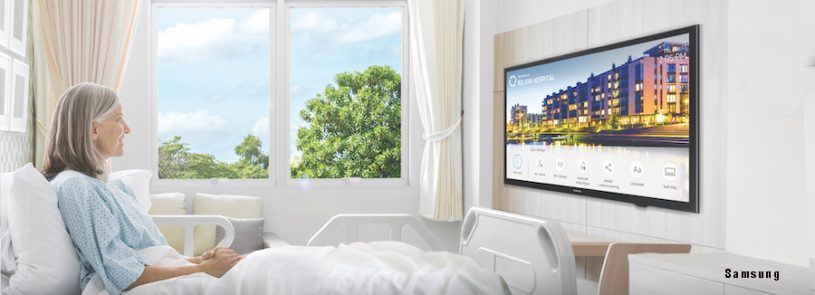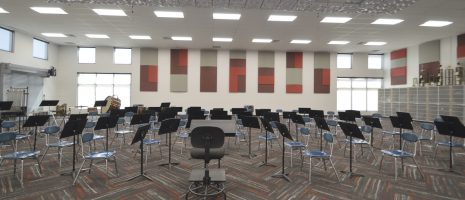Enhancing the patient experience through the built environment (Podcast included)

Fourth in a series based on the IMEG executive guide, “Enhancing the Quadruple Aim through Data-driven Decisions in the Built Environment.” A related podcast can be found at the end of this post.
By Corey Gaarde
The built environment has a significant impact on the patient and family experience—the third goal of the Quadruple Aim. Unfortunately, many building, technology, and infrastructure design opportunities that can positively enhance these experiences are often overlooked.
Enhancing the patient experience begins with a welcoming, navigable environment. This can be accomplished even before a person enters a hospital or clinic if it has a cloud-based digital “front door.” This enables patients to access many healthcare services remotely, make appointments, and complete preparations for their physical visit to the facility.
Once a patient does enter the hospital, the built environment can continue to help them navigate the facility and services by providing wayfinding—a strategy used by architects, designers, and builders to compose spaces so that employees and visitors don’t get lost—and the use of signage throughout building lobbies, departmental waiting areas, and elevator corridors. Incorporating digital solutions as integral parts of wayfinding and signage strategies helps maximize investments in technology.
Other experience-enhancing features of the built environment include:
- Smart patient rooms that provide patients with a higher level of autonomy and control over their environment through various smart devices. Multi-use cameras can enable telemedicine and allow for remote patient/family interactions, and display monitors can provide access to healthcare information, the dietary department, and entertainment.
- Ease of care-team engagement. This includes patient-caregiver interaction through the organization’s digital front door, patient portals, wearable technologies, and digital patient status awareness displays that inform all parties on the status of the patient’s care plan.
- Maximized use of daylight. Designing a new healthcare facility with the appropriate amount of natural light through sun-facing windows provides the perfect opportunity to take advantage of daylight’s ability to alleviate depression and maintain circadian rhythm, among other benefits.
- Peace and quiet, as well as speech privacy, all enhanced by the built environment’s noise control and acoustics design. The built environment can also decrease the number of false or inconsequential alarms, using push messages to funnel alarms to the right people and employing software to triage alarms.
Listen to a related podcast:
Also in this series:
- The Quadruple Aim & The Built Environment: Healthcare’s Dynamic Duo
- Improving population health through the built environment
- Reducing the cost of care through the built environment
- Improving provider satisfaction through the built environment
For more information on this topic, download a copy of the IMEG executive guide, “Enhancing the Quadruple Aim through Data-driven Decisions in the Built Environment.”












